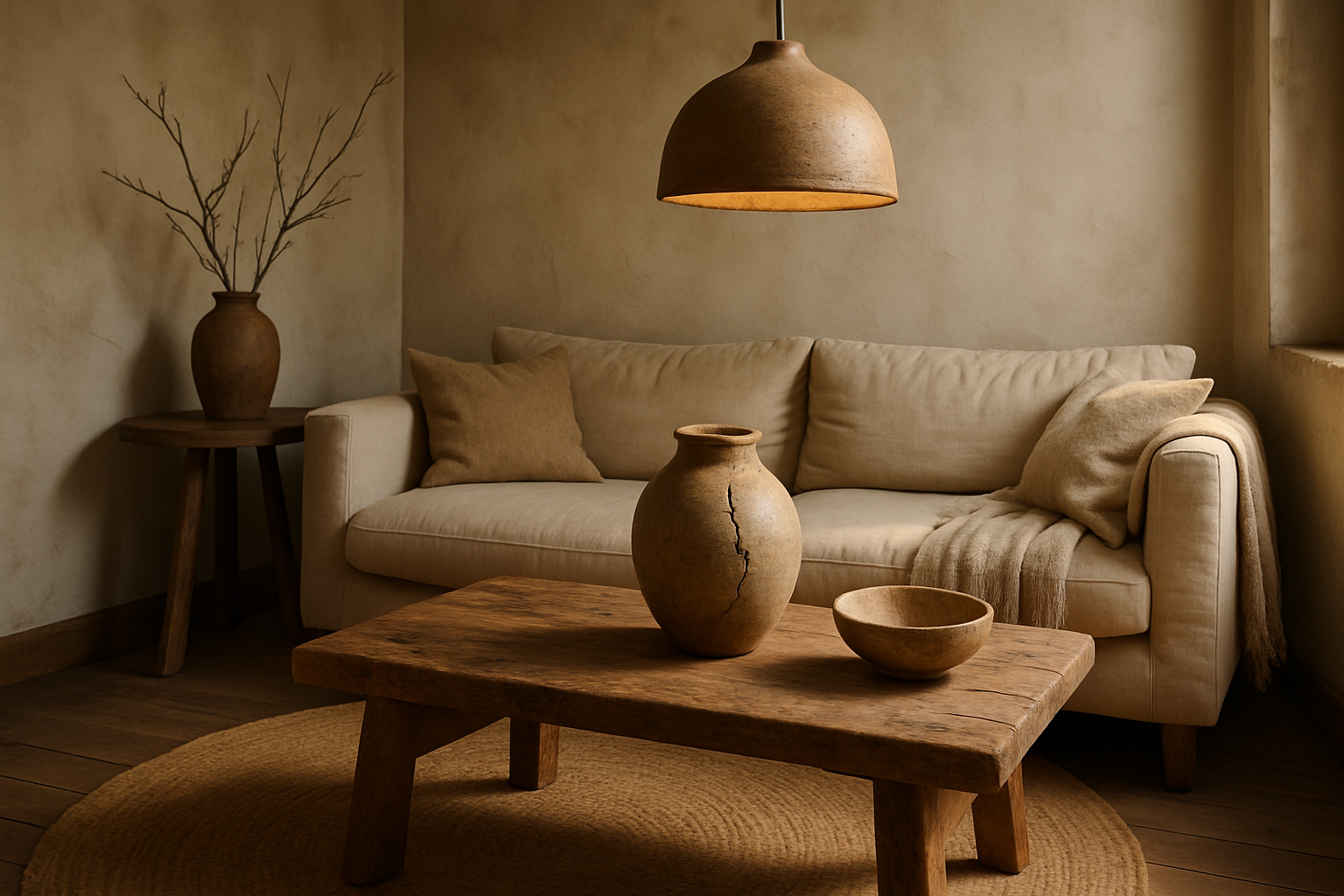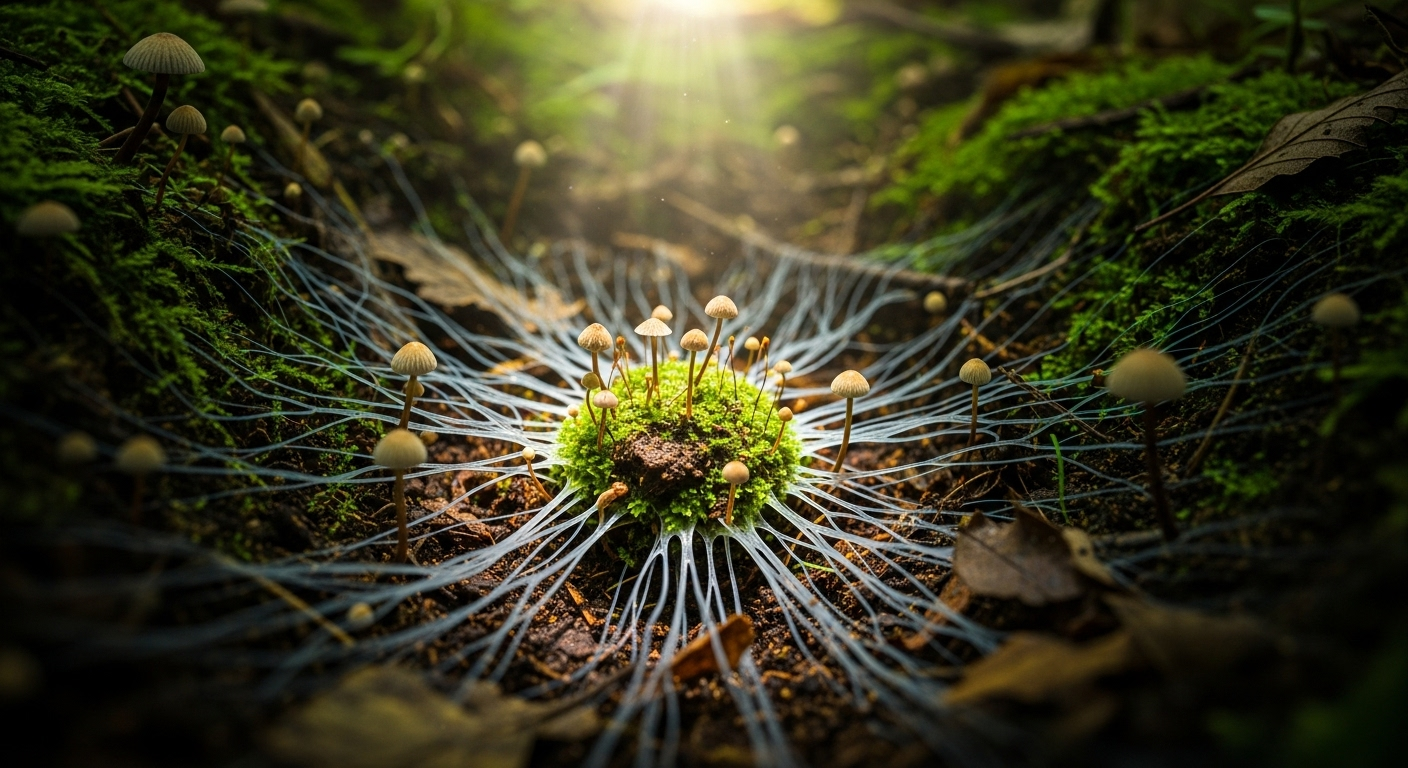Whimsical Wabi-Sabi: Embracing Imperfection in Modern American Homes
The gentle curve of a cracked vase, the weathered patina of an antique table, the asymmetrical arrangement of cushions on a well-loved sofa – these are the hallmarks of wabi-sabi, a Japanese aesthetic philosophy that's finding new life in American interior design. As homeowners seek respite from the relentless pursuit of perfection, this ancient concept offers a refreshing perspective on beauty, imperfection, and the art of living.

The Origins of Wabi-Sabi
To understand the appeal of wabi-sabi in modern American homes, we must first delve into its rich history. The concept originated in 16th century Japan, emerging as a reaction to the prevailing aesthetic of ornate, ostentatious design. Wabi-sabi favored simplicity, naturalness, and the acceptance of transience and imperfection.
The term itself is a combination of two words: wabi, which refers to the beauty found in simplicity, and sabi, which acknowledges the passage of time and the beauty of age and wear. Together, they form a worldview that finds profound beauty in the modest, the rustic, and the melancholy.
Wabi-Sabi in the American Context
While wabi-sabi has its roots in Japanese culture, its principles resonate deeply with contemporary American values. In a society often characterized by consumerism and the pursuit of perfection, wabi-sabi offers a counterpoint – a celebration of authenticity, mindfulness, and the beauty of everyday life.
American designers and homeowners are interpreting wabi-sabi through a distinctly Western lens. This isn’t about recreating traditional Japanese interiors, but rather about incorporating the philosophy’s core tenets into modern American homes. The result is a unique fusion of Eastern philosophy and Western sensibilities, creating spaces that are both grounded and forward-thinking.
Key Elements of Wabi-Sabi Design
Embracing wabi-sabi in home design involves several key elements. Natural materials take center stage, with wood, stone, and clay featuring prominently. These materials are celebrated for their inherent textures and imperfections, often left unfinished or minimally treated to showcase their raw beauty.
Color palettes in wabi-sabi interiors tend towards the earthy and subdued. Soft whites, warm greys, and muted earth tones create a serene backdrop that allows textural elements to shine. Pops of color, when used, are often derived from natural sources – the soft pink of a weathered terracotta pot, or the deep green of a trailing plant.
Asymmetry and irregularity are hallmarks of wabi-sabi design. Rather than striving for perfect balance, these interiors embrace off-center arrangements and unexpected juxtapositions. A handmade ceramic bowl might be displayed alongside a sleek modern lamp, creating a dialogue between old and new, perfect and imperfect.
The Art of Curating Imperfection
One of the most challenging aspects of wabi-sabi design is the art of curating imperfection. This isn’t about creating a chaotic or cluttered space, but rather about thoughtfully selecting pieces that have character, history, and soul.
Antique markets, flea markets, and thrift stores become treasure troves for the wabi-sabi enthusiast. Items with patina, wear, or slight damage are prized for their unique stories and the way they embody the passage of time. A chipped vintage mirror, a threadbare Persian rug, or a collection of mismatched ceramic mugs all find their place in a wabi-sabi inspired home.
However, it’s important to note that wabi-sabi isn’t about neglect or poor maintenance. Rather, it’s about appreciating the natural aging process of objects and materials. Regular care and cleaning are still important, but with a gentler touch that allows patina and wear to develop naturally over time.
Wabi-Sabi and Sustainability
In an era of increasing environmental awareness, wabi-sabi’s emphasis on simplicity and appreciation for existing objects aligns perfectly with sustainable living practices. By valuing items that age gracefully and can be repaired or repurposed, wabi-sabi encourages a move away from disposable consumerism.
This philosophy extends to the materials used in wabi-sabi inspired homes. Natural, biodegradable materials are favored over synthetic ones. Wood, stone, clay, and natural fibers not only age beautifully but also have a lower environmental impact than many modern alternatives.
Bringing Wabi-Sabi into Your Home
Incorporating wabi-sabi principles into your home doesn’t require a complete overhaul. Start small by embracing the imperfections in items you already own. That coffee table with water rings? Instead of refinishing it, consider it a record of gatherings and conversations shared.
Look for opportunities to bring natural materials and textures into your space. A roughly hewn wooden bowl, a lumpy handmade pillow, or a vase with an irregular glaze can all add wabi-sabi charm. Remember, the goal isn’t to create a perfectly imperfect space, but rather to cultivate an environment that feels authentic, lived-in, and deeply personal.
As you embrace wabi-sabi, you may find that it extends beyond your home decor to influence your overall approach to life. The acceptance of imperfection, the appreciation of natural processes, and the focus on finding beauty in the everyday are principles that can bring a sense of peace and contentment to our often hectic modern lives.
In a world that often seems to demand perfection, wabi-sabi offers a refreshing alternative. By embracing this ancient philosophy in our modern American homes, we create spaces that are not just beautiful, but deeply meaningful and soul-nourishing. As we learn to see the beauty in worn edges, crooked lines, and the marks of time, we may just find a new appreciation for the perfectly imperfect nature of life itself.




